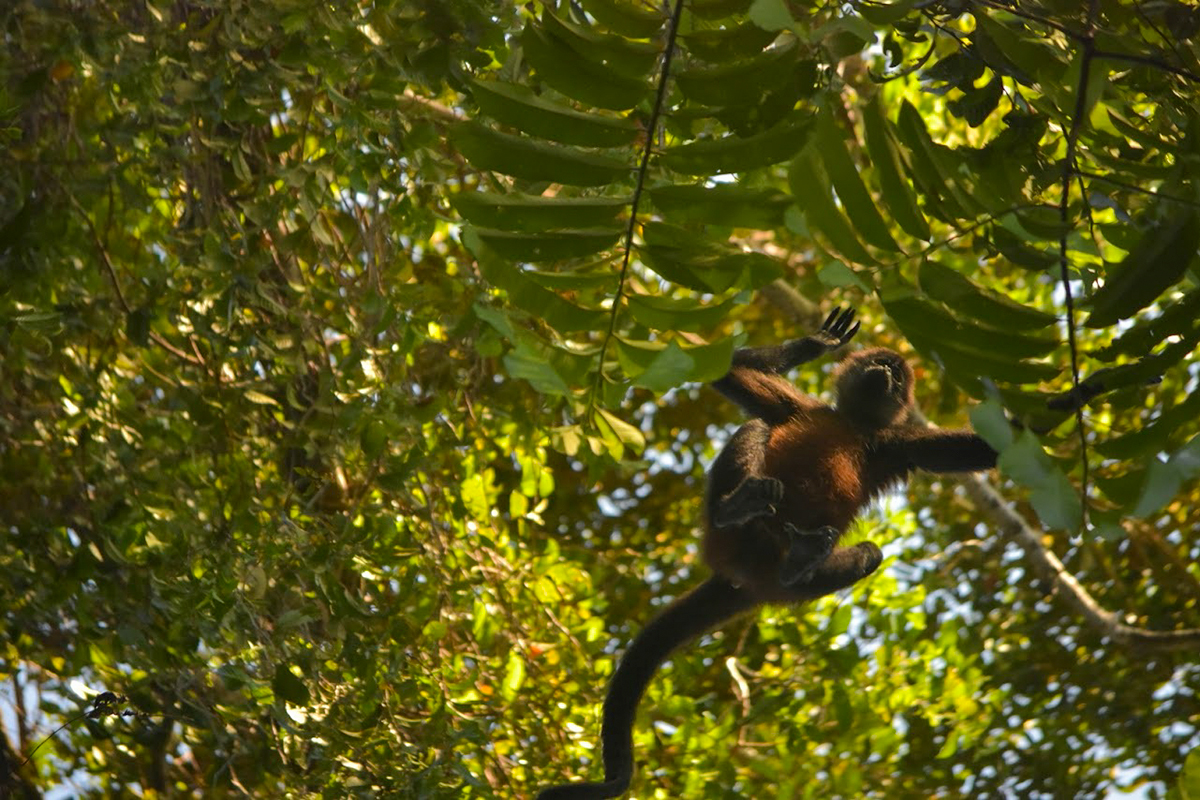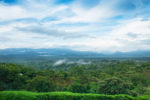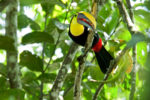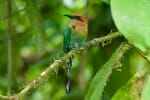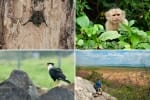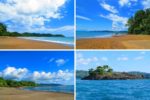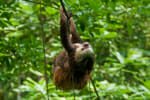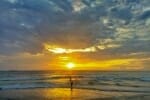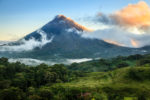I’d been quite footloose during my trip to Latin America – one month was about as far in advance as I’d arrange anything at all. Corcovado, though, was the one place where I really ought to have made an advance booking, especially since I was visiting in February. I thought I could head to Drake Bay, peruse some agencies and get a tour arranged for the next day – how wrong I was. Three agencies all told me the same thing: all tours in Corcovado were booked out and had been that way for a couple of months. Bugger.
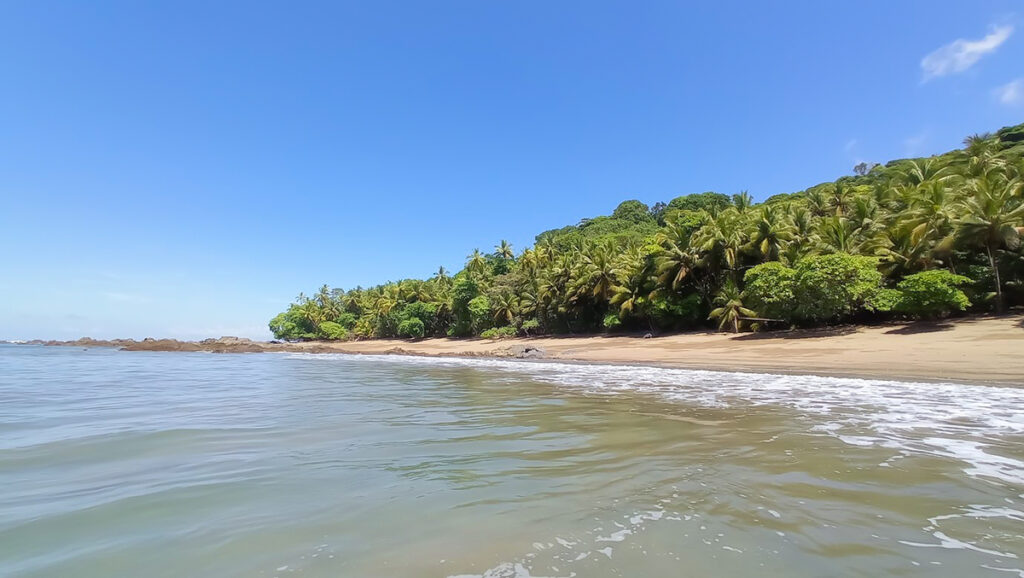
Described by National Geographic as the most biodiverse place on earth, the Osa Peninsula is the crowning jewel of Costa Rica’s ecotourism scene (and in Costa Rica, that’s saying a lot). With near-primaeval forests and nutrient-rich seas harbouring all manner of wildlife, from lumbering tapirs to leaping dolphins, it’s small wonder that this place attracts wildlife lovers in droves.
As you may know, if you’ve been reading this blog, Corcovado National Park, which covers much of the peninsula, can only be visited through a tour. As a result of the area’s general popularity plus the fact that daily visitor limits are much lower than other Costa Rican parks, these tend to sell out quite quickly, especially in the high season (between November and March).
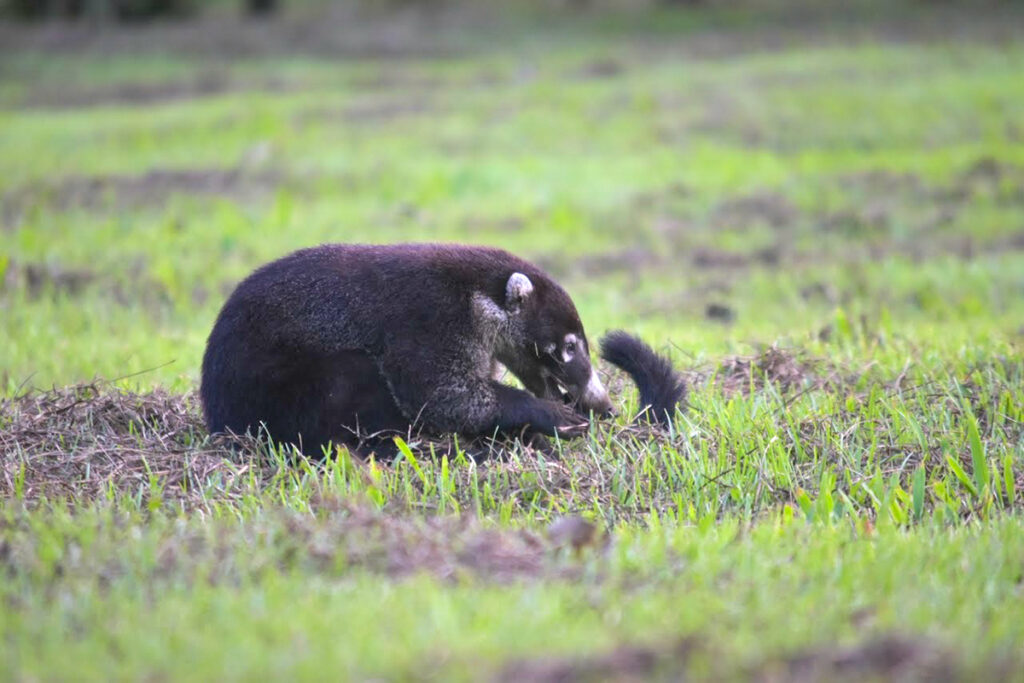
Despite the fact that I (almost) didn’t manage to get into Corcovado, I still managed to have a good time in the Osa Peninsula and spotted quite a bit of wildlife. Here’s how I did it, and you can too, whether you find yourself in a similar conundrum or would prefer to explore independently.
Keep an Ear out for Last-minute Tour Drop-outs
While far from a foolproof strategy, sometimes drop-outs by other guests occur because life happens, for lack of a better explanation, and their tour space is reopened for sale. To come across one of these last-minute openings, you need to be lucky enough to be in contact with whichever agency the unfortunate drop-out booked theirs through. For that reason, it can be worth leaving your WhatsApp number when visiting or contacting agencies. As these are rare, you might have to compromise a little.
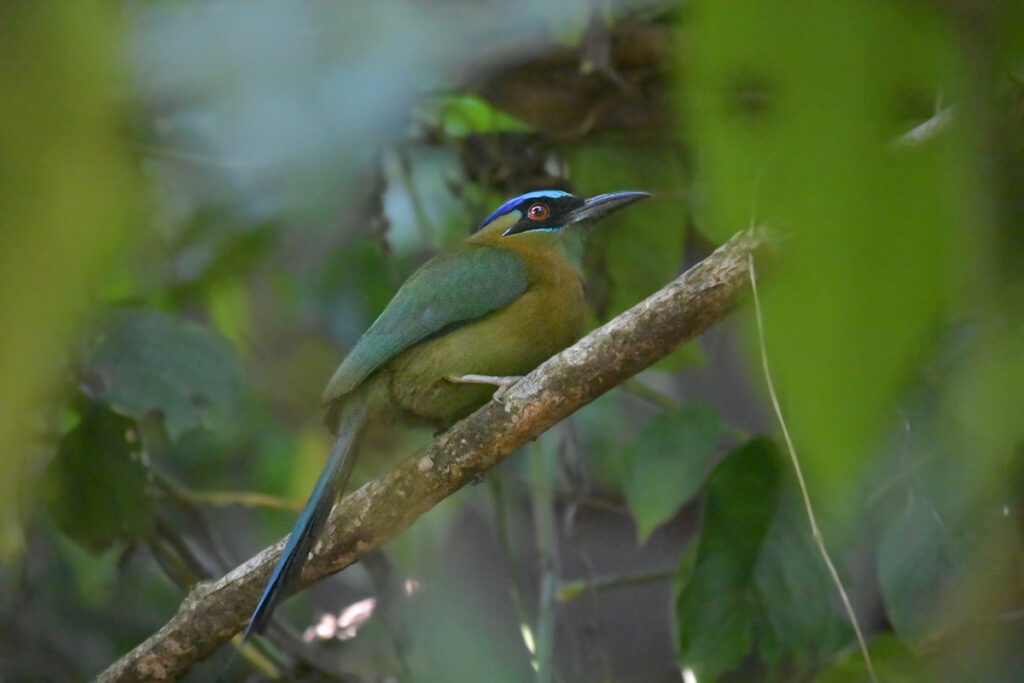
I got lucky and a tour opened up on one of the days I was there, however, this was only for half a day and around San Pedrillo Ranger Station, not the most fruitful site for wildlife (that would be Sirena Station). For what it’s worth, I ended up seeing the same animals on my tour around San Pedrillo as I would have had I just hiked around Drake Bay and the park’s periphery, save for a humpback whale on the way there. That one was pure luck, though, since it was not the typical season for them.
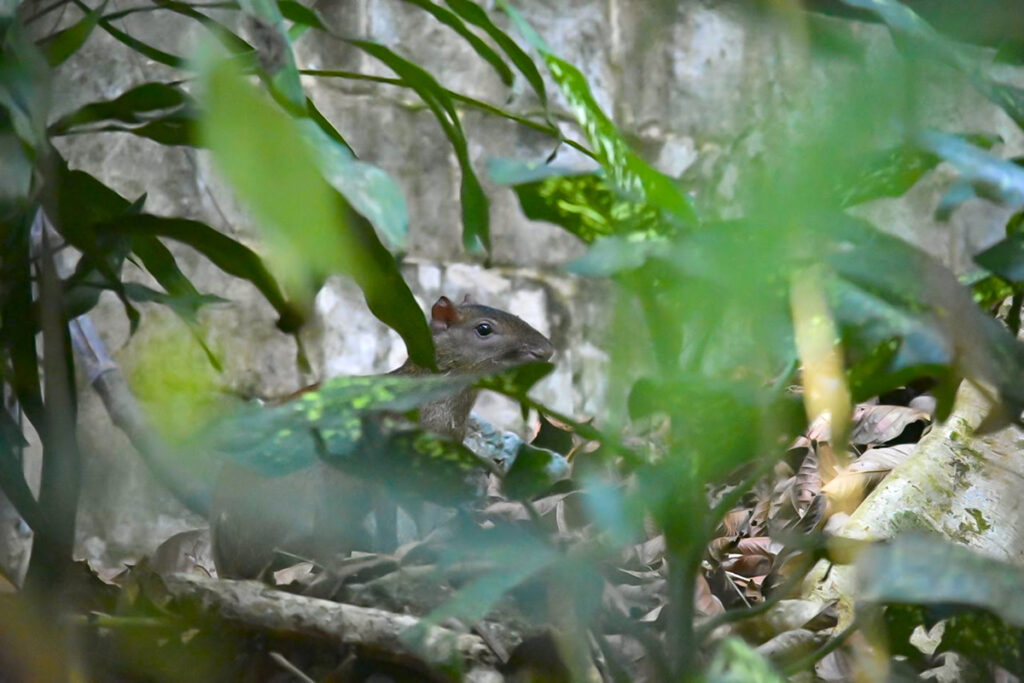
I would still say it was worth it though, with the guide being worth his salt in both knowledge and enthusiasm. Nonetheless, as other travellers have said similar things about San Pedrillo, Sirena Ranger Station is the one you want to go to if you can get into Corcovado.
What Animals Would you Miss if You Can’t Get to Sirena Ranger Station?
Quite literally, the biggest Costa Rica animal you may miss out on without a Corcovado tour is the Baird’s Tapir. With high numbers around Sirena, they are very often found resting in pools in the heat of the day or, occasionally, wandering along the beach. Near San Pedrillo and the northwestern border, the chances are 50/50, according to my guide. I, unfortunately, wasn’t in the lucky half, but my guide told me the group the previous day had seen one wandering along the beach right in front of the station itself.
Aside from the tapir, peccaries, squirrel monkeys and tamandua are also easier to spot at Sirena. A long shot in Sirena and an even longer shot elsewhere is Costa Rica’s local breed of the puma. Although pumas are exceedingly rare in Corcovado, they have been seen at times in the aptly named Puma Valley (including by Margarita herself).
What Osa Peninsula Wildlife Can You Spot Outside of Corcovado?
A lot. Osa Peninsula wildlife is incredibly abundant and diverse. The peninsula is still a wildlife lover’s dream, even if you can’t get into Corcovado.
Wildlife in Drake Bay
Within Drake Bay itself, I came across feeders where colourful tanagers flocked every day, I spotted pairs of scarlet macaws while taking a dip in the sea (could anything be more Pura Vida?), and one morning, I watched a flock of black vultures feasting on an unfortunate dead stingray that had washed up ashore.
Nearby I saw all sorts of birds, from technicolour trogons and toucans in the forest to pterodactyl-like pelican flocks that really drove home Drake Bay’s Jurassic Park feel, as well as troops of spider monkeys swinging through the canopy.

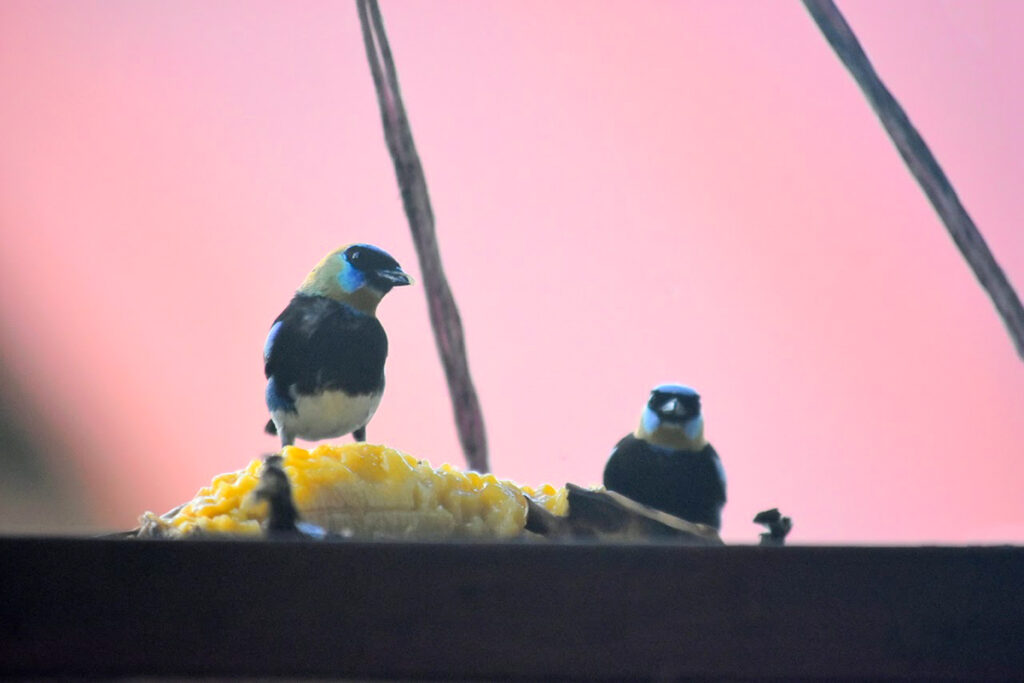
And one morning, thanks to a tip-off from a local, I found a sloth in a tree by the rope bridge. Finding it proved a lot easier than I thought since it was quite active by sloth standards, though the tip-off helped massively, nonetheless.
A Night Walk Near Drake Bay
I visited a number of wildlife-rich sites during my time in Costa Rica, but the highlight of it all was a night walk with Nativos Corcovado around a stream just outside Drake Bay.
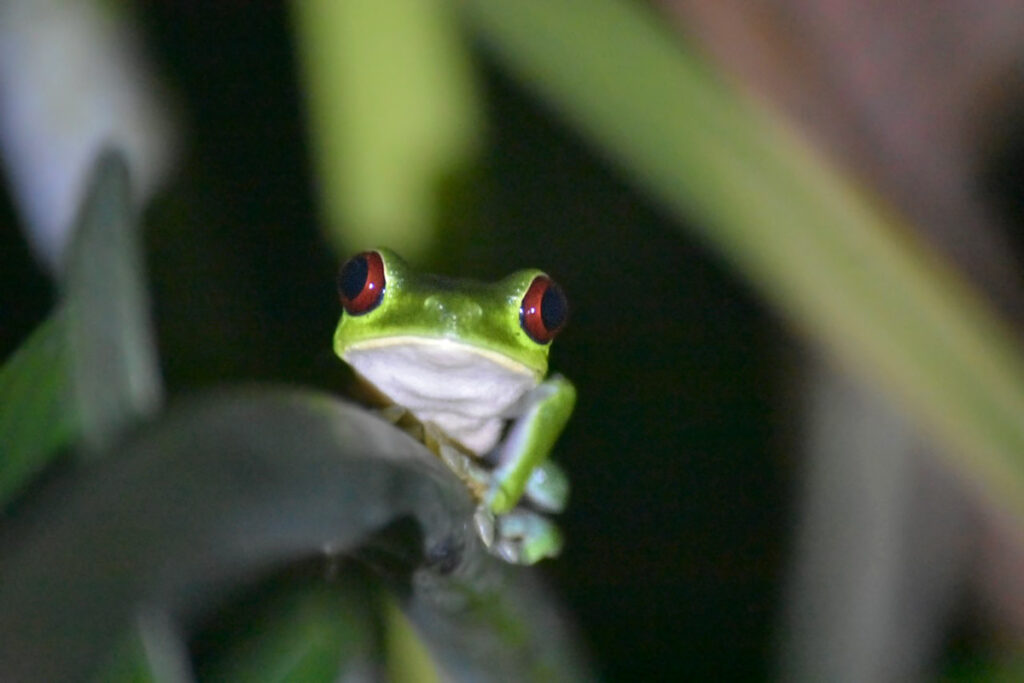

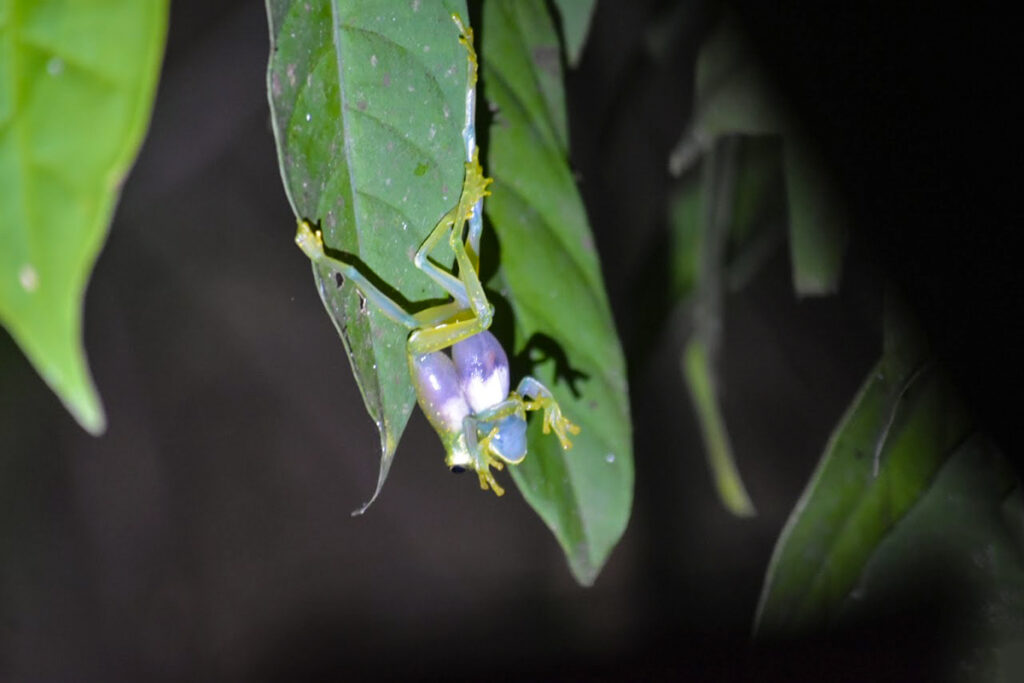
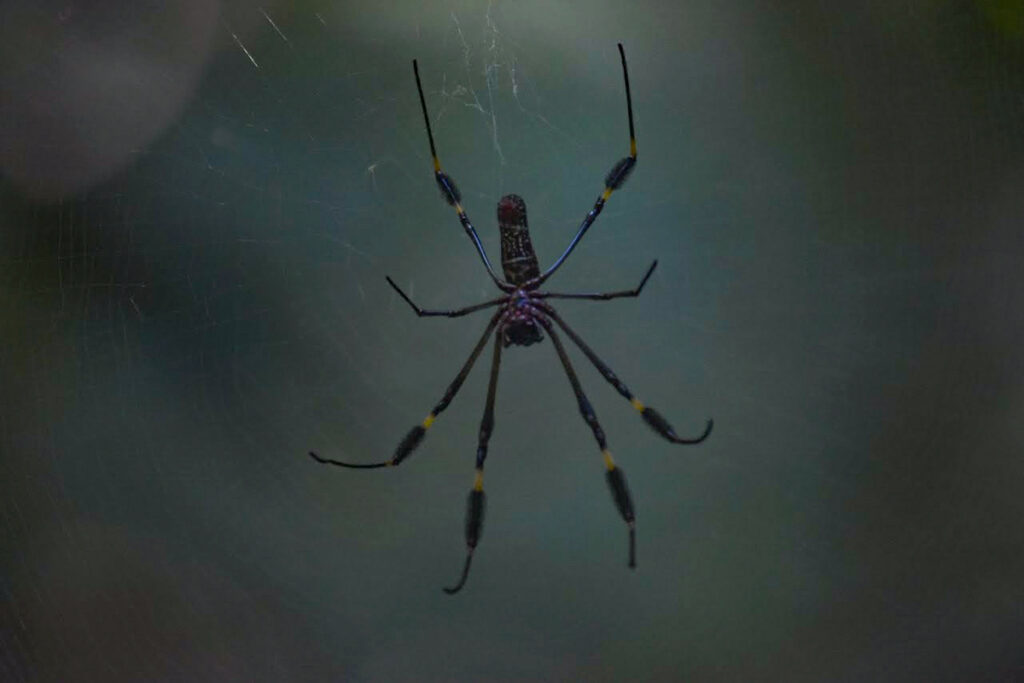
The night got off to a good start, with a pair of mating glass-bellied frogs. An indicator of excellent water quality, this species got the guides particularly excited. The winning streak continued through the evening, with the guides and our torches picking up multiple red-eyed tree frogs, cat-eyed snakes, sleeping birds and no fewer than four fer-de-lance snakes.
How to See Osa Peninsula Wildlife Near Corcovado
Day Tours Outside the National Park
While tours to the national park are far more likely to be sold out, tours to nearby activities are much easier to arrange on the spot. Night tours are particularly worth mentioning since you can’t really do these independently – frogs and reptiles are quite hard to spot due to the lack of eyeshine, and some such as the fer de lance can be quite dangerous.
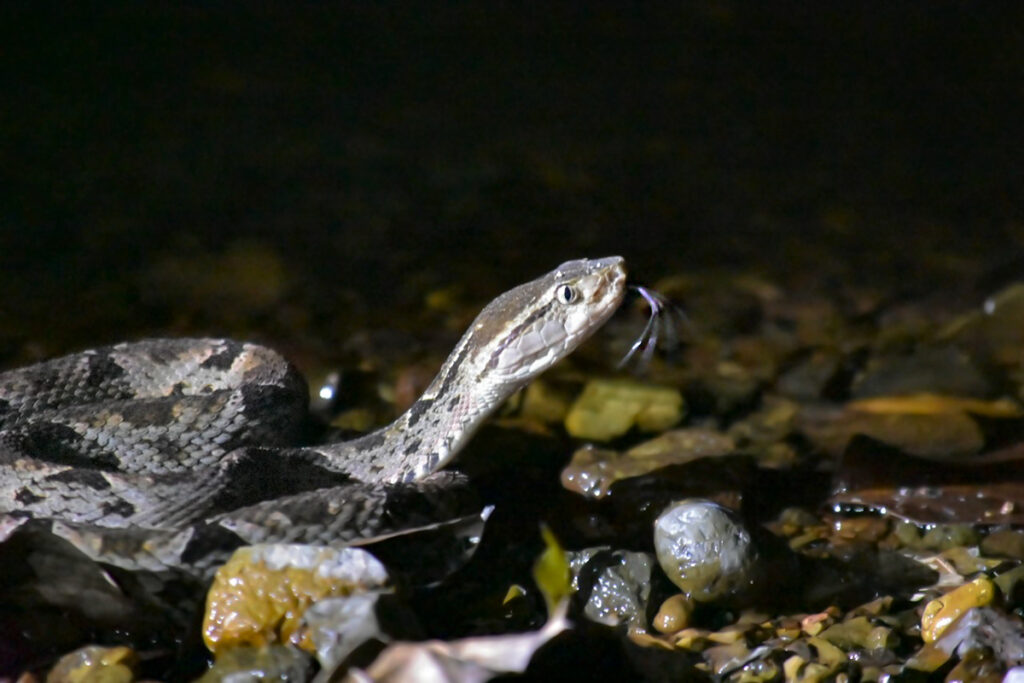
Other tours on offer that can be easily arranged at most agencies in Drake bay include birdwatching, snorkelling around Cano Island Marine Reserve and guided walks through the forest. If you visit between July and October you can also arrange a trip to see humpback whales, and you may be fortunate enough to see pods of dolphins numbering in the hundreds. Small wonder that part of Blue Planet was filmed here!
Stay Somewhere on the Park’s Border
Along the Osa Peninsula’s coast, save for that which falls within the park itself, are lodgings dotted about. While there’s a fair number of them, they’re spaced out enough that the coastline’s wilderness feeling isn’t lost. As I was travelling on a budget, I stayed at Jungla Jaguar Hostel, a place near the park’s northern border with all meals included (and they were delicious), a private beach, howler monkeys in the garden and bats and geckos in the dorms.
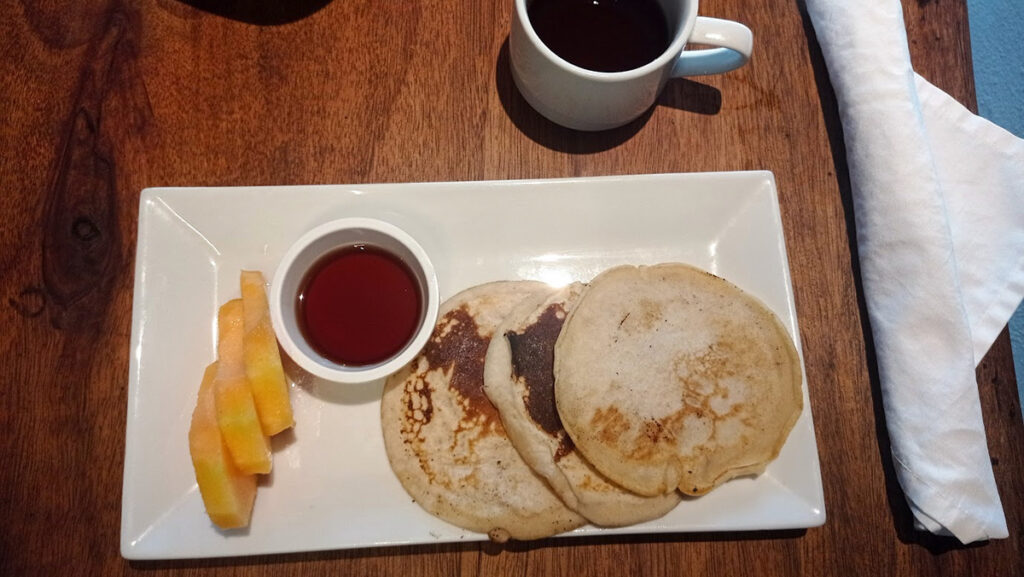
If you’ve got more cash to splash, there are several luxury bungalows and resorts that offer all the mod cons, from views over the ocean to air conditioning.
Hiking around Drake Bay and Accommodations near Corcovado
The only way to really do the Osa Peninsula while avoiding tours altogether is by walking the trails leading south from Drake Bay and out of many of the lodgings near the park. Be sure to ask your accommodation first, but most of these can be done independently. Of course, wildlife spotting will be more challenging, but this is the best option if you’d like to save some money and/or set yourself a challenge.
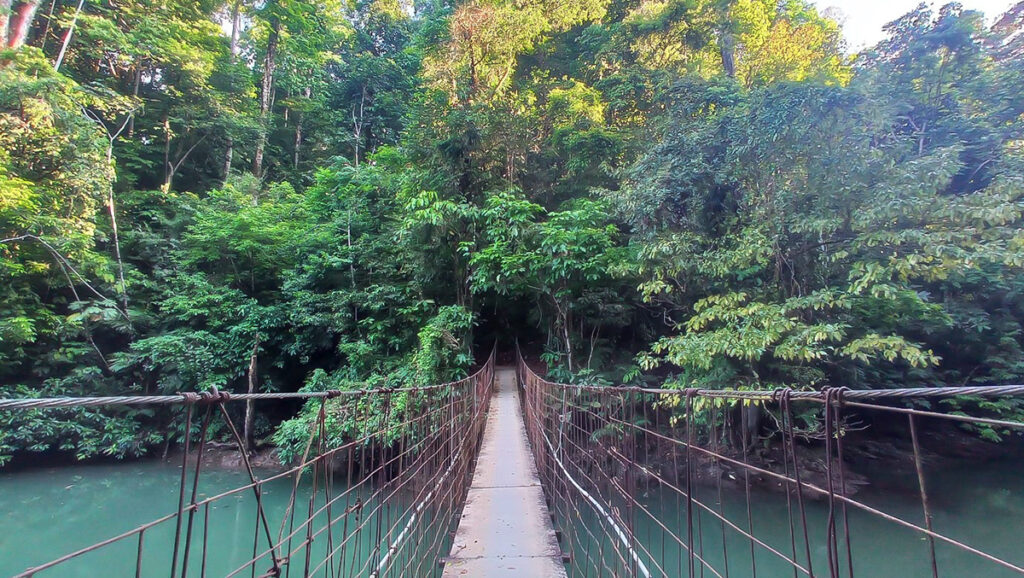
As ever, get up early to maximise your chances of spotting wildlife. I kicked myself a little for not having done so one morning when I found a tapir’s footprints in the sand on a beach just outside Drake Bay – judging by how fresh they looked, I’d say it had been there roughly one or two hours prior.
Shaun Edmond is an avid wildlife spotter, content marketer and traveller, who writes about wildlife travel on a backpacker’s budget over on Shoestring Safari.
More on Exploring Costa Rica
- Can you see much Wildlife in Manuel Antonio National Park, Costa Rica?
- Wild Adventure of Getting to Corcovado National Park in Costa Rica
- Costa Rica’s Continental Divide and Poas Volcano
- Tirimbina Lodge: wildlife, rainforest and Costa Rica’s longest suspended bridge
- Wildlife of La Selva Biological Station, Costa Rica
- Exploring Palo Verde National Park, Costa Rica
- Whale watching in Drake Bay, Costa Rica
- Road trip: Costa Rica Wildlife & National Parks
- Surprising Wildlife of Riu Guanacaste Resort, Costa Rica
- 25 Landmarks in Costa Rica to Add to Your Bucket List

